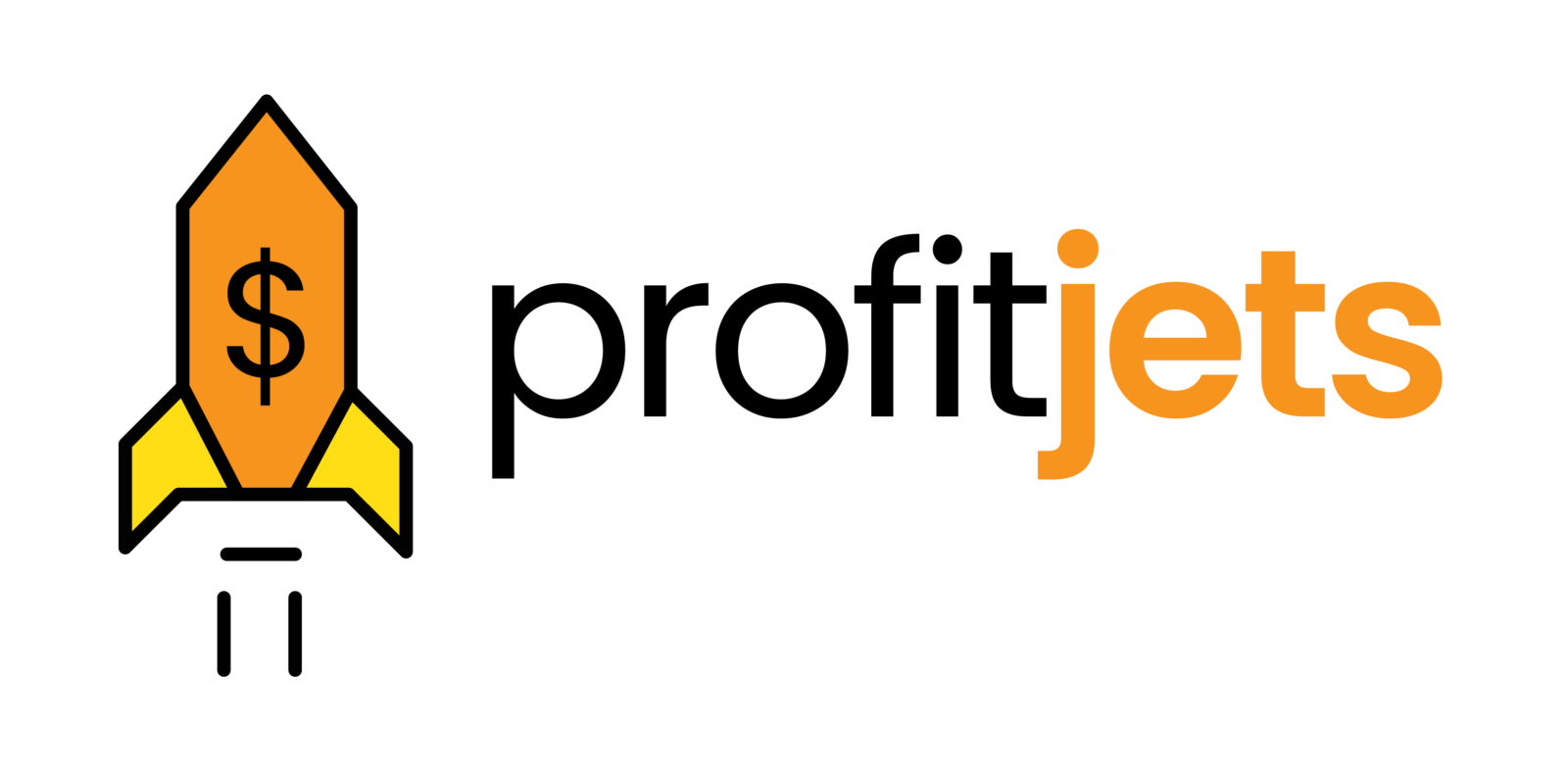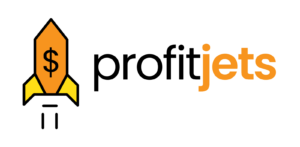Many business owners hear the term “financial reporting” and think only of tax season paperwork. However, smart financial reporting is more than just filing with the IRS once a year. This article answers practical questions entrepreneurs have about smart financial reporting and explains how to integrate its principles into your business.
Smart financial reporting turns raw financial data into clear, actionable insights that guide decisions. It shows where your business stands today and where it’s headed. Think of it as a GPS for your business finances. Just like GPS shows your current location and the best route to your destination, smart financial reporting shows you:
• How much cash do you have right now
• Where your income and expenses are flowing
• Whether you’re on track to meet growth targets or facing potential roadblocks
Smart reporting goes beyond basic bookkeeping; it isn’t limited to tax filing. Bookkeeping records past transactions, while reporting organizes and analyzes that information to help you make forward-looking decisions.
Table of Contents
“Isn’t financial reporting only for tax purposes? Why do I need it monthly or quarterly?”
Here’s why financial reporting matters for small business owners. If you only look at financial reports during tax season, you’re driving blind the rest of the year. Monthly or quarterly reports help you spot cash flow issues, track trends in profitability, and make proactive decisions before problems grow. For example, knowing that your receivables are aging past 60 days allows you to tighten collections before payroll is affected.

Why Should More Small Businesses Consider Smart Financial Reporting?
A common question we hear is, “How can better reporting help me get funding or loans?” or “Will smart reporting save me money in the long run?”
Yes, it will because financial clarity equals financial strength. Here are some ways smart financial reporting helps small businesses succeed:
• Detecting cash flow issues early: Reports show not only what you earned, but whether you’ll have the cash to pay vendors, salaries, or taxes on time. Early detection prevents costly overdrafts and last-minute borrowing.
• Preparing for Investors or Lenders: Banks and investors want accurate, standardized, and professional financial statements.
• Avoiding IRS Penalties: Compliance-ready financial reports reduce the risk of missed deadlines, underreporting income, or making mistakes that attract penalties.
• Supporting Scalability: As your business grows, so does complexity. Smart reporting helps you track multiple revenue streams, manage payroll, and evaluate expansion costs clearly.
Beyond Basic Bookkeeping—How to Optimize Reporting
One common misunderstanding among small business owners is confusing bookkeeping with financial reporting.
“What’s the difference between bookkeeping and financial reporting?”
• Bookkeeping = Recording past transactions (who paid, what you bought, invoices created).
• Financial Reporting = Analyzing and presenting that data to reveal trends, risks, and opportunities.
“Do I need advanced tools, or can I still manage with Excel?”
While Excel can handle basic reports, growing businesses soon outgrow spreadsheets. Manual entry increases errors and wastes time. Tools like QuickBooks, Xero, or Zoho Books automate data entry and generate reports instantly. Adding dashboards such as Fathom, LivePlan, or Power BI offers real-time visualization of key performance indicators (KPIs), turning static data into dynamic insights.
How to Optimize Financial Reporting for Growth
1. Cash Flow Reporting for Small Business Owners
Go beyond income statements by creating rolling cash flow forecasts. This ensures you know whether you’ll have enough cash for payroll, vendor payments, and growth investments.
2. Right Tech Stack
Use cloud accounting security for small businesses, i.e., affordable yet compatible software, to minimize errors, automate reconciliations, and access reports anytime, anywhere.
3. Infrastructure
Build a standardized chart of accounts, automate recurring entries, and consider outsourced oversight (like a CPA or virtual CFO) to ensure accuracy and compliance.
The result? Efficient, accurate reporting that prepares you for growth and gives you peace of mind.
5 Key Tips for Smart Financial Reporting for Small Businesses
1. Embrace Cloud-Based Accounting for Accuracy and Speed
Cloud-based accounting software like QuickBooks Online, Xero, or Zoho Books has changed how small businesses manage financial reporting. Instead of dealing with complex spreadsheets, cloud accounting provides real-time access to income statements, balance sheets, and cash flow reports anytime, anywhere.
Example: Imagine a small e-commerce business selling on both Shopify and Amazon. With cloud accounting, transactions are automatically imported and reconciled daily. Without it, the owner risks missing sales, duplicating entries, and overpaying taxes.
Common mistake: Many business owners delay moving to the cloud because they think their business is “too small.” However, waiting too long can lead to disorganized books and last-minute scrambling during tax season.
Common Question: “Is cloud accounting secure enough for small businesses?”
Yes. Leading platforms use bank-level encryption and multi-factor authentication, often making them safer than storing sensitive data on a local hard drive. Plus, you get automatic backups and disaster recovery, which can be critical for businesses that can’t afford data loss.
2. Standardize Financial Reporting for Clear Insights
A smart financial reporting system requires a standardized chart of accounts. Without structure, reports become inconsistent and hard to interpret. For example, recording “marketing spend” as both “ads” and “promotions” leads to confusion and misreporting.
Example: A small marketing agency categorizes revenue streams separately—retainer clients, project-based clients, and ad-spend management fees. This separation helps them quickly identify the most profitable service lines.
Common Mistake: Business owners often accept default account structures in QuickBooks or Xero without customizing them. This creates cluttered reports that don’t match their business model.
Common Question: “How do I know if my reporting structure is correct?”
If your reports don’t clearly show where your revenue comes from, how expenses break down, and how cash is flowing, your structure needs refining. Working with a CPA or outsourced accounting firm can ensure reports are both tax-compliant and business-friendly.
3. Track Cash Flow, Not Just Profits
Profit on paper doesn’t always equal cash in the bank. A profitable business can still run out of cash if invoices aren’t collected on time. That’s why cash flow reporting is just as important as profit reporting.
Example: A construction contractor reports $150,000 in revenue for the quarter. However, with $90,000 tied up in unpaid invoices, they struggle to pay subcontractors. Without cash flow tracking, profitability numbers can be misleading.
Common Mistake: Relying solely on profit and loss statements. These don’t capture payment delays, loan repayments, or upcoming tax obligations.
Common Question: “What’s the easiest way to track cash flow weekly?”
Set up a weekly cash flow dashboard in your accounting software or use add-ons like Float or Pulse. These tools forecast inflows and outflows, helping you anticipate cash shortages before they escalate.
4. Automate KPI Dashboards for Smarter Decisions
KPIs (Key Performance Indicators) turn financial reports into practical decision-making tools. However, staring at static spreadsheets isn’t effective. Automated dashboards present real-time visuals of metrics like:
• Gross profit margin
• Operating cash flow
• Accounts receivable turnover
• Customer acquisition cost (CAC)
• Monthly recurring revenue (MRR)
Example: A SaaS startup uses Power BI connected to QuickBooks to track MRR and churn rate. When churn rates spike, they quickly identify service issues and take action to prevent revenue loss.
Common Mistake: Tracking too many KPIs at once. Overloading dashboards creates confusion and obscures the metrics that matter most.
Common Question: “Which KPIs should a business of my size track?”
It depends on your industry and growth stage. For instance, a retailer should focus on inventory turnover and gross margin, while a SaaS business should prioritize MRR and churn. A virtual CFO can help you define the 5–7 most impactful KPIs for your business.
5. Go Beyond Bookkeeping with Expert Financial Guidance
When considering financial reporting beyond bookkeeping, numbers alone don’t grow your business; insights and strategy do. This is why businesses need more than bookkeeping; they need advisory services. Partnering with an outsourced CPA or virtual CFO provides forward-looking strategies, not just historical data.
Example: A retail business considering expansion works with a virtual CFO to review reports. Instead of only looking at past revenue, they model scenarios: “What if we open two new locations?” “What happens if rent increases by 15%?” These insights lead to smarter, less risky decisions.
Common Mistake: Waiting until tax season to review numbers. By then, it’s too late to make proactive adjustments.
Common Question: “How do I know when it’s time to hire a virtual CFO?”
If your business is scaling, struggling with cash flow planning, seeking investment, or managing multiple revenue streams, it’s time. A virtual CFO provides strategic insights similar to those of a full-time CFO at a lower cost.
Additional Tips for Smarter Financial Reporting
Even if you’re not ready to completely overhaul your reporting system, a few small steps can make a huge difference.
• Automate Invoicing: This speeds up cash collection and reduces manual errors. Cloud invoicing tools send reminders automatically, improving collections.
• Data Backup and Cybersecurity: Many small businesses overlook this. A lost laptop or cyberattack can eliminate months of records. Cloud systems with encryption and backups protect your financial data.
• Regular Scenario Planning: Ask “what if” questions—What if sales drop by 20%? What if payroll costs increase by 10%? This prepares you for uncertainty.
• Periodic Reviews with an Advisor/CPA Regular check-ins ensure reports are accurate, compliant, and in line with your business goals.
“What’s the bare minimum I should automate first if I can’t do everything at once?”
Start with invoicing and cash flow tracking. These two areas directly affect liquidity and survival. Once you have those under control, move on to dashboards, payroll automation, and outsourced oversight.

Conclusion
Smart financial reporting distinguishes between running your business reactively and leading it proactively. When done correctly, it provides:
• Clarity about where your money is going
• Compliance to help you avoid costly IRS penalties
• Growth insights that allow you to scale confidently
At Profitjets, we understand that small business owners need clarity, compliance, and confidence. That’s why we go beyond bookkeeping to offer complete outsourced financial solutions that improve reporting, making it smarter and faster. Our services include outsourced accounting and bookkeeping services, virtual CFO services, and tax filing and advisory. Profitjets is more than a service provider; we act as a dedicated extension of your finance department.
FAQs on Smart Financial Reporting for Small Business Success
1. What is smart financial reporting for small businesses?
Smart financial reporting means going beyond basic bookkeeping to create reports that are accurate, timely, and insightful. For U.S. small businesses, it combines cloud-based accounting tools, cash flow tracking, KPI dashboards, and expert financial guidance to help owners make better decisions.
2. Why is smart financial reporting important for small business success?
Smart financial reporting gives small business owners clarity on cash flow, profitability, and growth opportunities. Instead of relying only on past numbers, it provides forward-looking insights that help with managing liquidity, securing funding, planning taxes, and avoiding costly surprises.
3. Is cloud accounting secure enough for U.S. small businesses?
Yes. Modern cloud-based accounting software like QuickBooks Online, Xero, or Zoho Books uses bank-level encryption, role-based access, and two-factor authentication to ensure data security. With the right provider, cloud accounting is often more secure than local spreadsheets or desktop files.
4. How do I know if my financial reporting structure is correct?
A correct reporting structure means your profit and loss statements, balance sheets, and cash flow statements are accurate, consistent, and aligned with U.S. GAAP standards. If you’re unsure, outsourcing bookkeeping or CPA services can help review and standardize your reporting.
5. What’s the easiest way to track cash flow weekly?
The easiest way is to use automated cash flow forecasting tools integrated with your accounting system. Apps like Float, Pulse, or in-built QuickBooks cash flow dashboards allow you to track inflows, outflows, and upcoming expenses—ensuring you’re never caught off guard during payroll or vendor payments.
6. Which KPIs should a small business track in financial reporting?
Key performance indicators (KPIs) vary by industry, but common ones include:
– Gross profit margin
– Operating cash flow
– Accounts receivable turnover
– Inventory turnover
– Net profit margin
– Customer acquisition cost (CAC) vs. lifetime value (LTV)
Using KPI dashboards helps business owners make data-driven decisions.
7. How do I know when it’s time to hire a virtual CFO?
If your business is scaling, struggling with cash flow planning, or preparing for fundraising or expansion, it’s time to consider a virtual CFO service. A virtual CFO gives you strategic guidance, financial modeling, and investor-ready reports at a fraction of the cost of a full-time CFO.
8. What’s the bare minimum I should automate first in financial reporting?
If you can’t automate everything at once, start with invoicing, expense tracking, and bank reconciliations. These areas save the most time and directly impact cash flow management, making them essential first steps for small businesses in the U.S.
9. How does outsourcing financial reporting compare to hiring a local accountant?
A local accountant may only handle tax filings or quarterly reviews, while outsourcing to a firm like Profitjets gives you bookkeeping, CPA compliance, virtual CFO insights, and tax advisory—under one roof. Plus, outsourcing is usually more cost-effective than hiring a full-time in-house accountant.
10. Will I still have control over my financial data if I outsource reporting?
Yes. With cloud-based systems, you’ll have real-time access to your books, reports, and dashboards. Outsourcing doesn’t mean losing control; it means gaining a finance partner who does the heavy lifting while you make informed decisions.










